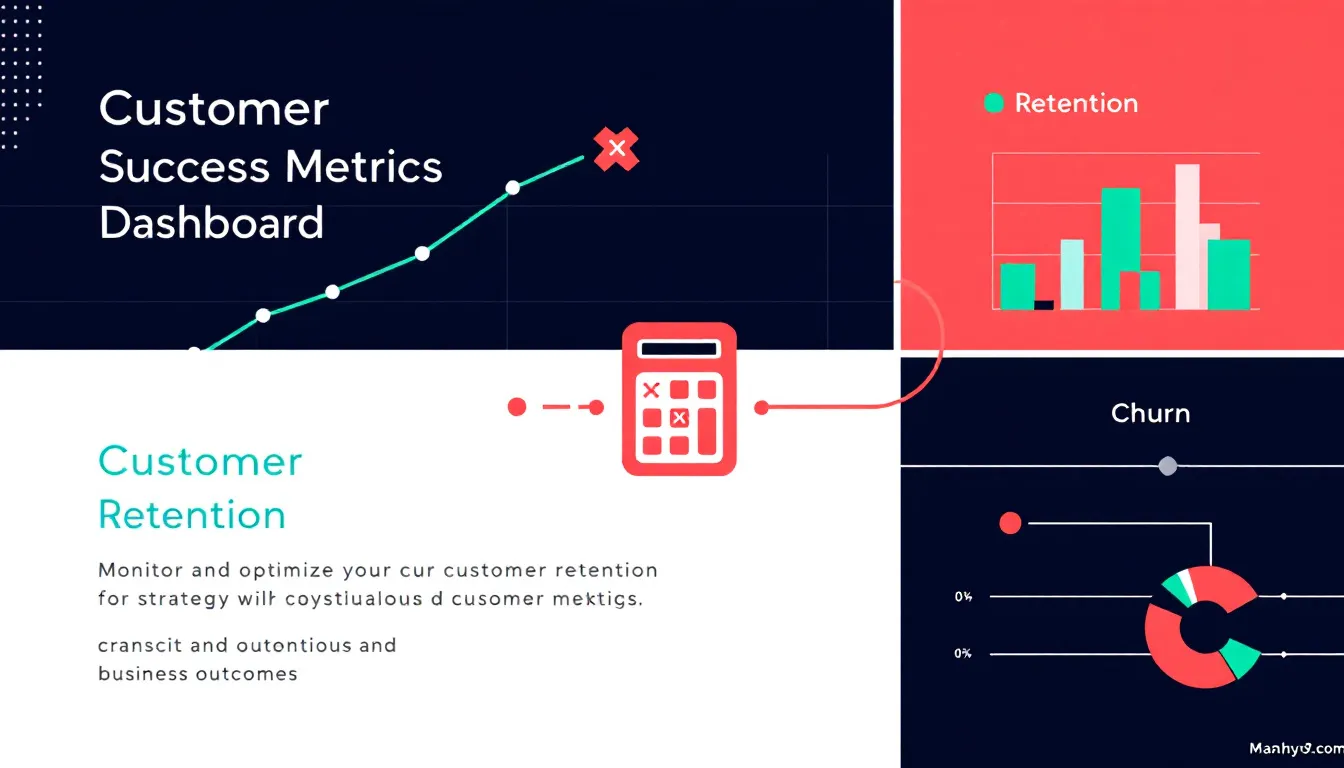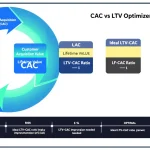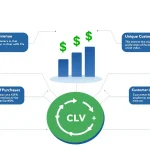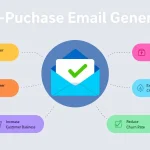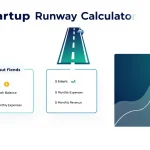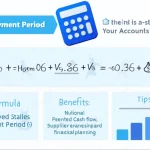Customer Success Metrics Calculator
How to Use the Customer Success Metrics Calculator Effectively
The Customer Success Metrics Calculator is a powerful tool designed to help businesses measure and analyze various aspects of their customer relationships. To use this calculator effectively, follow these steps:
- Select the Time Period: Choose the relevant time frame for your calculations (Month, Quarter, or Year) from the dropdown menu.
- Input Customer Data: Enter the required information about your customer base, including:
- Total Customers at Start of Period (e.g., 5000)
- Total Customers at End of Period (e.g., 5300)
- New Customers Acquired (e.g., 450)
- Customers Lost (e.g., 150)
- Provide Financial Information: Input your financial data, such as:
- Total Sales and Marketing Expenses (e.g., $75,000)
- Total Revenue (e.g., $1,200,000)
- Average Purchase Value (e.g., $250)
- Enter Customer Behavior Metrics: Fill in details about customer behavior:
- Total Number of Purchases (optional, e.g., 4800)
- Average Purchase Frequency Rate (optional, e.g., 2.5)
- Average Customer Lifespan (in years, e.g., 3.5)
- Provide Subscription and User Data: Enter information about your subscribers and active users:
- Number of Subscribers (e.g., 2500)
- Number of Active Users (e.g., 4500)
- Input Customer Satisfaction Data: Provide details from your customer satisfaction surveys:
- Number of Satisfied Customers (e.g., 850)
- Total Number of Survey Responses (e.g., 1000)
- Enter Net Promoter Score (NPS) Data: Input the number of customers in each NPS category:
- NPS Detractors (scores 0-6, e.g., 150)
- NPS Passives (scores 7-8, e.g., 300)
- NPS Promoters (scores 9-10, e.g., 550)
- Provide Additional Revenue Information: Enter data about revenue growth:
- Additional Revenue from Existing Customers (e.g., $180,000)
- Total Revenue at Start of Period (e.g., $1,000,000)
- Select Currency: Choose the appropriate currency for your financial data (USD, EUR, or GBP).
- Calculate Metrics: Click the “Calculate Metrics” button to generate your results.
- Review Results: Analyze the calculated metrics and visualizations to gain insights into your customer success performance.
Understanding Customer Success Metrics: A Comprehensive Guide
Customer success metrics are vital indicators that help businesses gauge the health of their customer relationships, measure the effectiveness of their strategies, and identify areas for improvement. This calculator is designed to provide a holistic view of your customer success efforts by computing key metrics that offer valuable insights into customer acquisition, retention, satisfaction, and overall value.
The Importance of Customer Success Metrics
In today’s competitive business landscape, understanding and improving customer success is crucial for sustainable growth. Customer success metrics allow you to:
- Identify trends in customer behavior
- Measure the effectiveness of your customer retention strategies
- Assess the financial impact of your customer relationships
- Gauge customer satisfaction and loyalty
- Make data-driven decisions to improve your products or services
By regularly tracking and analyzing these metrics, businesses can proactively address issues, capitalize on opportunities, and foster long-term customer relationships that drive growth and profitability.
Benefits of Using the Customer Success Metrics Calculator
1. Comprehensive Analysis
This calculator provides a wide range of customer success metrics in one place, offering a comprehensive view of your customer relationships. Instead of juggling multiple tools or spreadsheets, you can input your data once and receive a complete analysis of your customer success performance.
2. Time-Saving Automation
Manual calculation of customer success metrics can be time-consuming and prone to errors. This calculator automates the process, saving you valuable time and ensuring accuracy in your calculations. You can focus on analyzing the results rather than spending hours crunching numbers.
3. Data Visualization
The calculator includes visual representations of key metrics through charts and graphs. These visualizations make it easier to identify trends, patterns, and areas that require attention. Visual data can be particularly useful when presenting results to stakeholders or team members.
4. Customizable Time Periods
With the ability to select different time periods (month, quarter, or year), you can analyze your customer success metrics over various timeframes. This flexibility allows you to identify seasonal trends, measure the impact of specific initiatives, and track progress over time.
5. Actionable Insights
By providing a comprehensive set of metrics, this calculator enables you to gain actionable insights into your customer success efforts. You can identify areas of strength and weakness, allowing you to make informed decisions about where to focus your resources and efforts for maximum impact.
How the Customer Success Metrics Calculator Addresses User Needs
Churn Rate and Retention Rate Analysis
One of the primary concerns for businesses is understanding and reducing customer churn. The calculator addresses this need by computing both the Churn Rate and Retention Rate.
Churn Rate Calculation
For example, if you started with 10,000 customers and lost 300 during the period:
Retention Rate Calculation
If you ended the period with 10,500 customers and acquired 1,000 new ones:
These metrics help businesses identify trends in customer attrition and retention, allowing them to take proactive measures to improve customer loyalty.
Customer Acquisition Cost (CAC) and Customer Lifetime Value (CLV)
Understanding the cost of acquiring customers and their long-term value is crucial for sustainable growth. The calculator provides these essential metrics:
CAC Calculation
For instance, if you spent $500,000 on marketing and acquired 2,000 new customers:
CLV Calculation
If the average purchase is $300, customers buy 3 times a year, and stay for 4 years:
By comparing CAC and CLV, businesses can assess the efficiency of their customer acquisition strategies and the long-term profitability of their customer relationships.
Customer Satisfaction and Loyalty Metrics
The calculator addresses the need to measure customer satisfaction and loyalty through two key metrics: Customer Satisfaction Score (CSAT) and Net Promoter Score (NPS).
CSAT Calculation
If 750 out of 1,000 survey respondents are satisfied:
NPS Calculation
If out of 1,000 respondents, 600 are Promoters, 300 are Passives, and 100 are Detractors:
These metrics provide valuable insights into customer sentiment and the likelihood of customers recommending your product or service to others.
Practical Applications and Use Cases
1. SaaS Company Growth Analysis
A Software as a Service (SaaS) company can use this calculator to track its growth and customer health. By inputting data on customer acquisition, churn, and revenue, the company can:
- Monitor Monthly Recurring Revenue (MRR) growth
- Analyze Customer Acquisition Cost (CAC) in relation to Customer Lifetime Value (CLV)
- Track Net Promoter Score (NPS) to gauge customer loyalty
- Assess the Expansion Revenue Rate to measure upselling and cross-selling success
This comprehensive analysis helps the SaaS company identify areas for improvement in its customer acquisition and retention strategies, ultimately driving sustainable growth.
2. E-commerce Customer Retention Strategy
An e-commerce business can leverage this calculator to develop and refine its customer retention strategy. By analyzing metrics such as:
- Customer Churn Rate and Retention Rate
- Average Revenue Per User (ARPU)
- Customer Satisfaction Score (CSAT)
- Customer Lifetime Value (CLV)
The business can identify at-risk customers, understand the factors contributing to churn, and develop targeted retention campaigns. For example, if the calculator reveals a high churn rate among first-time buyers, the company might implement a specialized onboarding program or offer incentives for repeat purchases.
3. Subscription-Based Service Optimization
A subscription-based service, such as a meal kit delivery company, can use this calculator to optimize its offering and improve customer experience. By analyzing:
- Monthly Recurring Revenue (MRR)
- Average Purchase Frequency Rate
- Net Promoter Score (NPS)
- Expansion Revenue Rate
The company can make data-driven decisions to enhance its service. For instance, if the NPS is low but the Expansion Revenue Rate is high, the company might focus on improving its core offering while maintaining its successful upselling strategies.
4. B2B Sales Performance Evaluation
A B2B company can utilize this calculator to evaluate its sales performance and customer relationship management. By examining metrics such as:
- Customer Acquisition Cost (CAC)
- Customer Lifetime Value (CLV)
- Average Revenue Per User (ARPU)
- Customer Satisfaction Score (CSAT)
The company can assess the effectiveness of its sales strategies, identify high-value customer segments, and develop targeted account management plans. For example, if the CAC is high relative to the CLV, the company might need to refine its lead generation and qualification processes to improve efficiency.
Frequently Asked Questions (FAQ)
Q1: How often should I use this Customer Success Metrics Calculator?
A1: It’s recommended to use the calculator at least quarterly to track trends and measure progress. However, for businesses with rapid growth or frequent changes, monthly calculations can provide more timely insights.
Q2: Can I use this calculator for both B2B and B2C businesses?
A2: Yes, the metrics provided by this calculator are applicable to both B2B and B2C businesses. However, the interpretation and benchmarks may vary depending on your industry and business model.
Q3: What should I do if I don’t have all the required data?
A3: While having complete data will provide the most comprehensive analysis, you can still gain valuable insights with partial data. Focus on the metrics for which you have accurate information and gradually work on collecting data for the remaining metrics.
Q4: How can I improve my customer success metrics?
A4: Improving customer success metrics typically involves a combination of strategies:
- Enhance your onboarding process to reduce early churn
- Implement proactive customer support to address issues before they lead to churn
- Develop a strong product roadmap based on customer feedback
- Create targeted upselling and cross-selling campaigns
- Regularly collect and act on customer feedback
Q5: What’s a good benchmark for Customer Acquisition Cost (CAC)?
A5: A good CAC benchmark varies by industry, but generally, you want your Customer Lifetime Value (CLV) to be at least 3 times your CAC. This 3:1 ratio ensures that you’re generating sufficient value from each customer to cover acquisition costs and generate profit.
Q6: How can I use the Net Promoter Score (NPS) to improve my business?
A6: NPS can be used to:
- Identify promoters and leverage their positive sentiment for referrals and testimonials
- Follow up with detractors to address their concerns and prevent churn
- Track NPS over time to measure the impact of customer experience initiatives
- Segment customers based on NPS to tailor your engagement strategies
Q7: What’s the difference between Monthly Recurring Revenue (MRR) and Average Revenue Per User (ARPU)?
A7: MRR represents the total predictable monthly revenue from all subscribers, while ARPU is the average revenue generated per user. MRR gives you an overall picture of recurring revenue, while ARPU helps you understand the value of an individual customer.
Q8: How can I reduce my Customer Churn Rate?
A8: To reduce churn:
- Identify common reasons for churn through customer feedback and exit surveys
- Improve your product or service based on customer needs
- Implement a customer success program to ensure customers are achieving their goals
- Offer incentives for long-term commitments
- Provide excellent, proactive customer support
Q9: What’s a good Expansion Revenue Rate?
A9: A healthy Expansion Revenue Rate typically ranges from 10% to 30% annually, depending on your industry and business model. However, high-growth companies might aim for rates above 30%. The key is to consistently grow revenue from existing customers while maintaining a strong retention rate.
Q10: How can I improve my Customer Satisfaction Score (CSAT)?
A10: To improve CSAT:
- Regularly solicit and act on customer feedback
- Provide prompt and effective customer support
- Continuously improve your product or service based on customer needs
- Set realistic expectations and consistently meet or exceed them
- Train your team to prioritize customer satisfaction in all interactions
By regularly using this Customer Success Metrics Calculator and acting on the insights it provides, you can make data-driven decisions to improve your customer relationships, increase retention, and drive sustainable business growth.
Is this tool helpful?
Important Disclaimer
The calculations, results, and content provided by our tools are not guaranteed to be accurate, complete, or reliable. Users are responsible for verifying and interpreting the results. Our content and tools may contain errors, biases, or inconsistencies. We reserve the right to save inputs and outputs from our tools for the purposes of error debugging, bias identification, and performance improvement. External companies providing AI models used in our tools may also save and process data in accordance with their own policies. By using our tools, you consent to this data collection and processing. We reserve the right to limit the usage of our tools based on current usability factors. By using our tools, you acknowledge that you have read, understood, and agreed to this disclaimer. You accept the inherent risks and limitations associated with the use of our tools and services.
